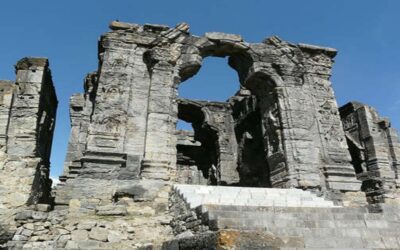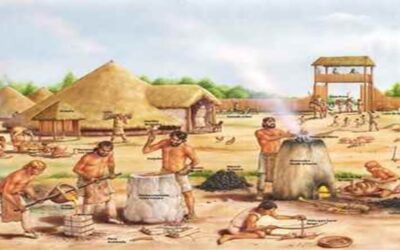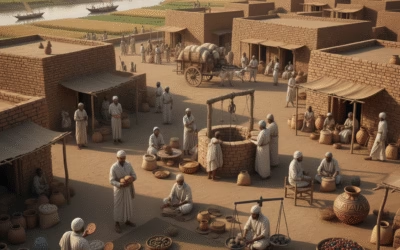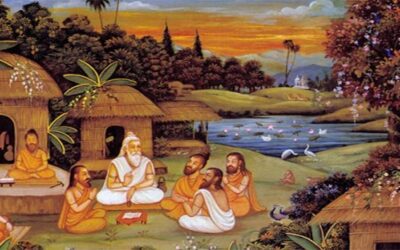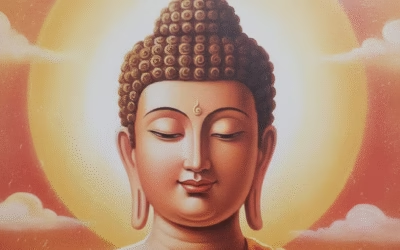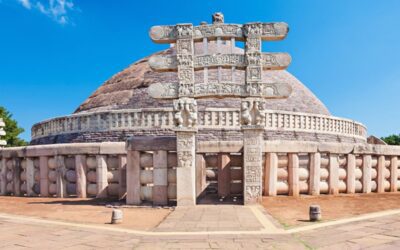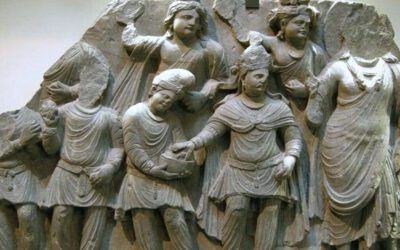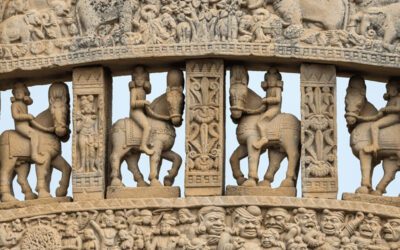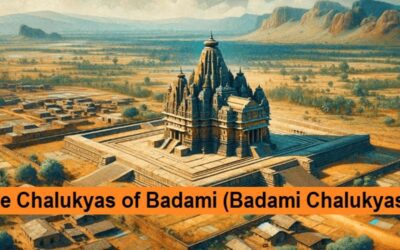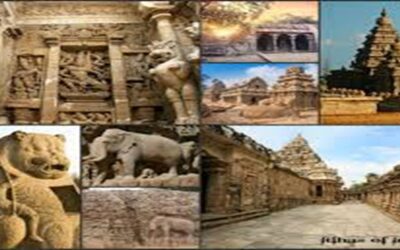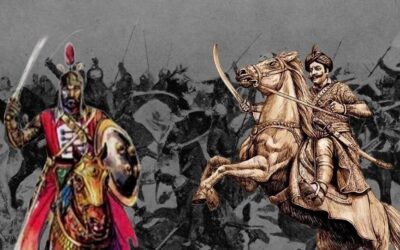Ancient Indian History
- Geographical Features
- Sources
- Pre-History
- Indus Valley Civilization
- Vedic Period
- New Religion
- Mouryas
- Kushanas
- Guptas
- Vardhanas
- Badami Chalukyas
- Rashtrakutas
- Cholas
- Pallavas
- Sangam Literature
- Arab Invasion on Sind
- Invasions of Ghazni and Ghori
Influence of Geography on Indian History
Explore the influence of geography on Indian history. Discover how India’s diverse geography shaped its culture and politics.
The Importance of the Sources of Indian History
Explore the importance of the sources of Indian history and how they shape our understanding of ancient India and its cultures.
The Neolithic Period in Indian History
Explore The Neolithic Period in Indian history and its significance in the transition to settled agricultural communities.
Religious life in the Indus Valley Civilization
The religious life of the Indus Valley Civilization reflects a profound connection with nature. The worship of deities such as the Mother Goddess and Pashupati, along with their elaborate burial practices, reveals the civilization’s deep spiritual consciousness and offers valuable insights into the religious and cultural foundations of one of the world’s earliest urban societies.
Economic Life of Harappa Civilization
The people of the Indus Civilization shaped their economic life in a way that laid the foundation for future societies.
Social Life of the Indus Valley Civilization
Discover the well-organized social life of the Indus Civilization — a society known for its disciplined lifestyle that reflected cultural advancement.
Pre-Vedic Period
Explore the Pre-Vedic Period, a foundational stage in Indian history, marked by Indo-Aryan settlements and social structures.
The life and teachings of Gautama Buddha.
Explore the life of Gautama Buddha — his journey from prince to enlightened teacher — and his timeless teachings on truth, peace, and compassion.
Factors that Led to the Rise of New Religions:
Explore the factors that led to the rise of new religions in the 6th century BC and their historical significance.
Ashoka Dhamma
Explore Ashoka Dhamma and its core tenets including kindness, purity, and truthfulness as carved in Ashoka’s inscriptions.
Cultural Contributors of the Kushans
Explore the cultural contributors of the Kushans and their impact on religion, literature, art, and architecture in ancient India.
Golden Age of Gupta
The Gupta period is known as the Golden Age. This is due to the remarkable progress achieved in various fields during the Gupta period.
Hiuen Tsang-A Note (600-664 AD)
Explore the life of Hiuen Tsang-A Note (600-664 AD) and his remarkable journey as a Buddhist monk and traveler.
The Legacy of Badami Chalukya Architecture: A Blend of Tradition and Innovation
Explore the legacy of Badami Chalukya architecture, a unique blend of Dravidian and Nagara styles from Karnataka.
Amoghavarsha I: The Ashoka of the South
Explore the legacy of Amoghavarsha I: The Ashoka of the South and his remarkable reign in the Rashtrakuta dynasty.
Local Self Government during the Chola Period
Explore Local Self Government during the Chola Period and understand the distinctive village administration of this era.
Pallavas Art and Architecture
Explore the unique Pallavas Art and Architecture that defines the Dravidian style of Indian art history and culture.
Sangam Era or Sangam Literature
Explore the Sangam Era and its rich literature. Discover how this gathering of minds shaped Tamil poetry and philosophy.
The Arab Invasion of Sind (711 CE)
Explore the Arab invasion of Sind (711 CE) and its profound influence on India’s history and cultural exchanges.
Invasions of Muhammad of Ghori and Their Consequences
Learn about the invasions of Muhammad of Ghori and their consequences that reshaped India and established the Delhi Sultanate.


